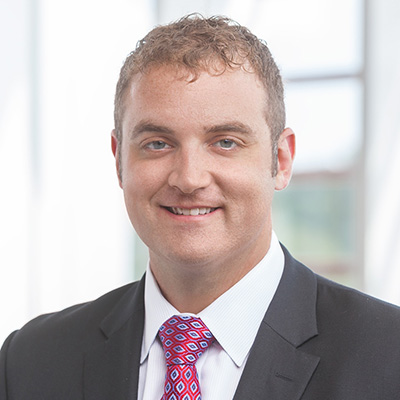Relief for a pain in the neck


Like back pain, most everyone will experience neck pain at some point in their lives. In many cases, it is probably not serious and may be due to poor posture or a minor sprain and will get better within a few days or weeks.
But if the pain persists and becomes more troublesome, it may be time to seek medical advice.
“Neck pain can be debilitating,” says Scott Vincent, MD, orthopaedic surgeon at Nebraska Medicine. “If your symptoms progress, make it difficult to sleep or interfere with daily activities, you should be evaluated. Today, we have many options to treat neck pain.”
Symptoms that may indicate a more serious neck problem include tingling, numbness or weakness that radiates into the shoulder, arms or fingers, trouble with gripping or lifting objects, problems with walking, or difficulty with balance or coordination.
To schedule an appointment with one of our orthopaedic experts, please call us at 800.922.0000.
Common causes of more serious neck pain include arthritis caused by general wear and tear of the vertebrae or neck injury caused by trauma, whiplash or overuse. Both of these can result in a painful herniated disc or spinal cord compression.
“In most cases, we try to address your pain with conservative measures like anti-inflammatories, ice, massage or physical therapy,” says Dr. Vincent. “In general, these non-surgical treatment options can be successful. However, if your pain does not diminish, or there is evidence of compression of the spinal cord or nerves, we may want to reassess and consider surgical options.”
Dr. Vincent performs several motion-sparing techniques that have had great success in not only relieving pain, but retaining mobility in the neck. “The spine is composed of vertebrae connected by complex ligaments and joints that form a very intricate structure and allows for a great deal of motion,” says Dr. Vincent. “In some traditional cervical spine procedures, that range of motion may be limited or lost.”
One of these procedures is cervical disc arthroplasty, which is performed on someone with a cervical disc herniation. Historically, surgical treatments of disc problems involve removing the herniated disc, replacing it with a bone graft and fusing the vertebrae together. The potential problem with this technique is it eliminates motion at the fused disc area and can cause increased stress on the adjacent discs.
“A cervical disc arthroplasty, on the other hand, replaces the diseased disc with a prosthesis, which helps maintain normal neck motion and potentially eliminates complications that may occur when a bone graft and hardware are used,” explains Dr. Vincent.
Laminoplasty is another motion-sparing technique performed by Dr. Vincent for spinal cord compression and serves as an alternative to the more traditional fusion techniques.
Traditional fusion techniques involve removing the bone or thickened tissues that constrict the spinal canal and compress the spinal nerve roots. Bone is then fused between the adjacent vertebrae with metal rods and screws. With laminoplasty, there is no fusion. Instead, some of the bone is lifted from the spinal cord and held in place with plates and screws, sparing the joints in the neck. This relieves the compression by creating more space for the spinal cord and nerve roots, while maintaining mobility in the neck.
“Patients are often leery of surgery because they are concerned they are going to lose their mobility and still be in pain,” says Dr. Vincent. “When indicated, these motion-sparing techniques are designed to help patients remain active and regain their quality of life.”




